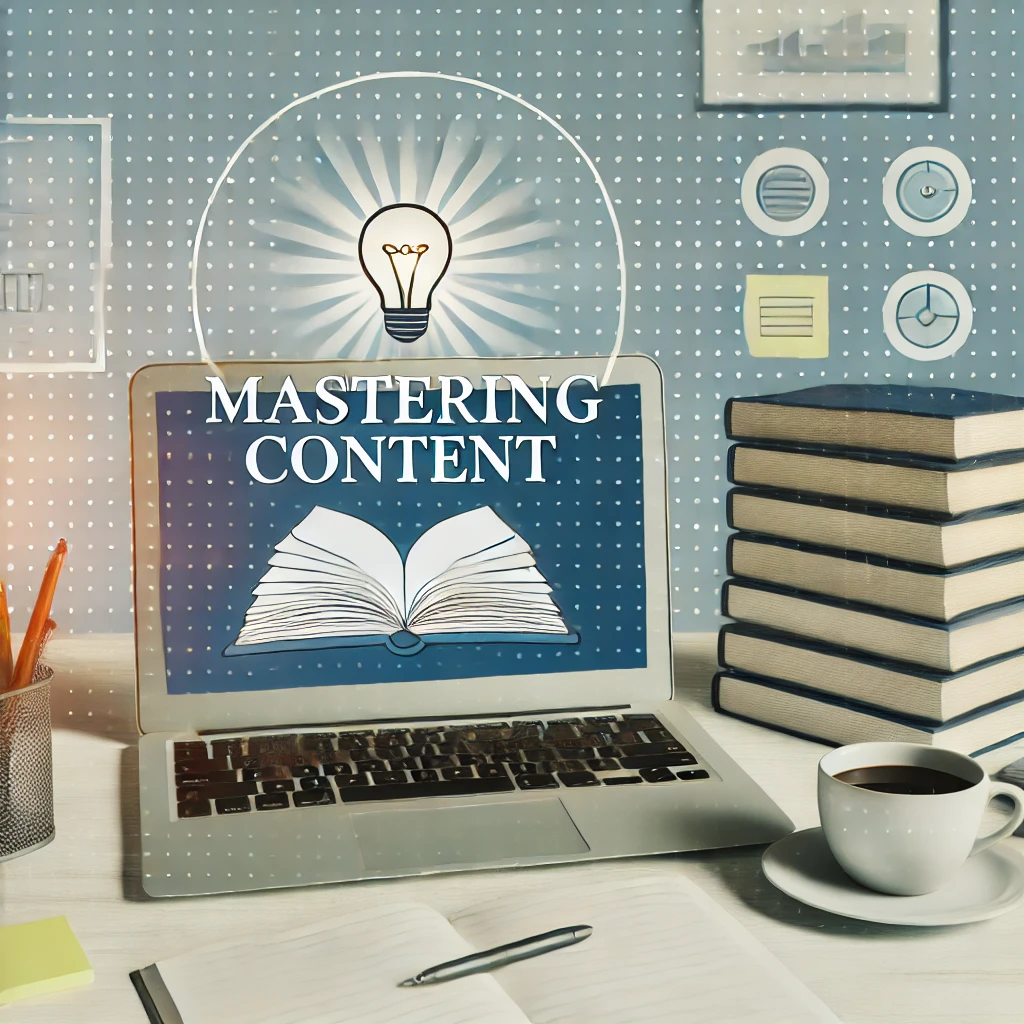Introduction
In today’s fast-paced digital world, content pipelines are essential frameworks that streamline the content creation process from conception to publication. Efficient content pipelines help creators maintain a steady flow of high-quality content, ensuring consistency, improved efficiency, and reduced time to market. This guide explores the components of content pipelines and why they are crucial for content creators.
Why Content Pipelines Matter
Content pipelines integrate systematic workflows, allowing creators to focus on what they do best—creating engaging content—without worrying about operational bottlenecks.
Key Benefits:
- Increased Productivity: Streamlined processes enhance overall productivity.
- Consistent Quality: Regular workflows maintain high content standards.
- Better Resource Management: Efficient use of resources ensures timely content delivery.
Step-by-Step Guide for Content Creation
Building a robust content pipeline requires careful planning and execution. Here’s a step-by-step guide to creating an effective content pipeline:
1. Ideation:
- Brainstorm content ideas.
- Assess their potential value.
- Consider audience interests and market trends.
2. Planning:
- Create an editorial calendar.
- Organize content release dates.
- Maintain a consistent publication schedule.
3. Creation:
- Develop content using suitable tools and techniques.
- Ensure alignment with your brand voice and standards.
4. Review:
- Implement a thorough review and editing process.
- Ensure the content is polished and error-free before publication.
5. Distribution:
- Use various channels to effectively reach the widest possible audience.
Best Practices for Content Management
Managing content efficiently requires adherence to best practices that help streamline operations and enhance content quality.
Top Tips:
- Maintain a Content Repository: Easy access and organization.
- Use Collaborative Tools: Enhance team coordination.
- Regular Updates and Audits: Keep your content repository current.
Tools and Technologies for Content Pipelines
Numerous tools and technologies can help create, manage, and distribute content more efficiently.
Content Creation Tools:
- Adobe Creative Cloud
- Canva
- Grammarly
Content Management Systems:
- WordPress
- Joomla
- Drupal
Analytics Tools:
- Google Analytics
- SEMrush
Trends and Innovations in Content Workflows
The content creation landscape is constantly evolving. Keeping up with new trends and innovations is crucial for staying competitive.
Current Trends:
- Increased Use of AI: Automates content creation and enhances SEO.
- Interactive and Immersive Content: Engages audiences more effectively.
- Greater Emphasis on Video Content: Video continues to dominate digital content consumption.
Maximizing Content ROI
To make the most of your content efforts, focus on strategies that maximize return on investment (ROI).
Key Strategies:
- High-Impact Content: Prioritize content that resonates most with your audience.
- Repurpose Content: Extend the lifecycle of successful content by reusing it in different formats.
- Measure and Analyze: Regularly review performance metrics to understand what works best.
The Role of AI in Content Generation
Artificial Intelligence (AI) is revolutionizing content creation by automating various aspects of the workflow and enhancing content quality.
AI Applications:
- Automated Content Generation: Produces written, visual, and multimedia content.
- Enhanced SEO: Optimizes content for search engines with keyword and structure suggestions.
- Personalization: Tailors content to meet individual user preferences and behaviors.
The Future of Content Pipelines
The landscape of content creation is ever-evolving. Anticipate innovations and future directions of content pipelines to stay ahead.
Innovations to Watch:
- AI and Machine Learning: Affect how content is created, managed, and consumed.
- Augmented Reality (AR): Enhances content engagement.
The Path Forward:
- Adapt content pipelines to maintain efficiency and relevance.
- Stay updated with industry trends and practice continuous improvement.
Metrics and Analytics for Content Performance
Understanding and utilizing key performance metrics is vital in evaluating the success and impact of your content pipeline.
Essential Metrics:
- Engagement Rates: Measure user interactions with your content.
- Conversion Rates: Track the effectiveness of your content in achieving desired actions.
- Audience Growth: Monitor the expansion of your content’s reach and audience.
Integrating Content Pipelines with Marketing Goals
Content pipelines should be aligned with broader marketing strategies to ensure coherence and amplify impact.
Key Integration Methods:
- Align content plans with overall marketing calendars.
- Ensure consistent messaging across all touchpoints.
Personalization in Content Workflows
Customizing content to meet the unique preferences and needs of your audience is vital for engagement and success.
Strategies for Personalization:
- Use data analytics to gather insights into audience preferences.
- Implement personalized content recommendations based on user behavior.
By implementing these strategies and best practices, you can optimize your content pipeline and achieve remarkable results. For more insights and professional assistance in streamlining your content creation process, visit 1upmedia.com.
Related Posts:
Content Pipelines and Workflows Explained (93.67% match)
Comprehensive Guide to Content Pipelines and Workflows (93.62% match)
Optimizing Content Creation: Pipelines and Workflows (93.59% match)
